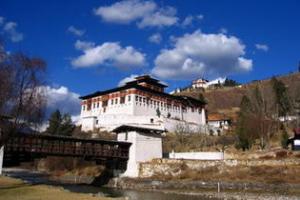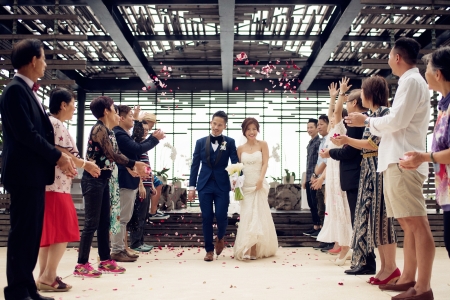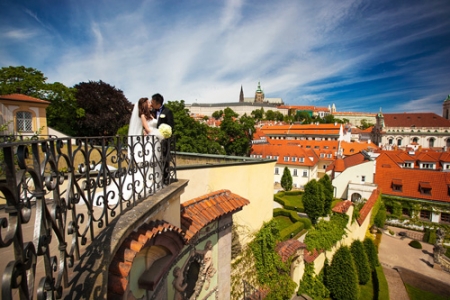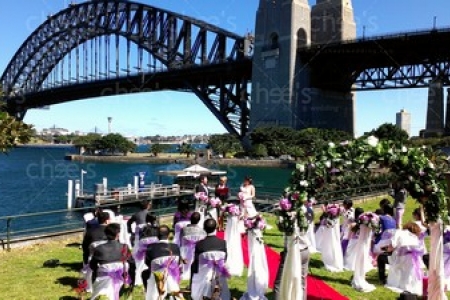
|
The roots of Buddhism |
| Bhutan is a Buddhist country and people often refer to it as the last stronghold of Vajrayana Buddhism. Buddhism was first introduced by the Indian Tantric master Guru Padmasambhava in the 8th century. Until then the people practiced Bonism a religion that worshipped all forms of nature, remnants of which are still evident. The Buddhism practiced in the country today is a vibrant religion that permeates nearly every facet of the Bhutanese life style. It is present in the Dzongs, monasteries, stupas, prayer flags, and prayer wheels punctuate the Bhutanese landscape. The chime of ritual bells, sound of gongs, people circumambulating temples and stupas, fluttering prayer flags, red robed monks conducting rituals stand as testaments to the importance of Buddhism in Bhutanese life. If you are looking for a Buddhist wedding, Bhutan is a perfect choice. | |

|
Gross National Happiness |
|
Economists the world over have argued that the key to happiness is obtaining and enjoying material development. Bhutan however, adheres to a very different belief and advocates that amassing material wealth does not necessarily lead to happiness. Bhutan is now trying to measure progress not by the popular idea of Gross Domestic Product but by through Gross National Happiness. While the emphasis is placed on both, prosperity and happiness, the latter is considered to be more significant. The fourth Druk Gyalpo emphasized that for Bhutan “Gross National Happiness,” is more important than “Gross National Product.” Thus, Gross National Happiness is now being fleshed out by a wide range of professionals, scholars and agencies across the world. |
|

|
Bhutanese Dress |
| One of the most distinctive features of the Bhutanese is their traditional dress, unique garments that have evolved over thousands of years. Men wear the Gho, a knee-length robe somewhat resembling a kimono that is tied at the waist by a traditional belt known as Kera. The pouch t which forms at the front traditionally was used for carrying food bowls and a small dagger. Today however it is more accustomed to carrying small articles such as wallets, mobile phones and Doma (beetle nut). Women wear the Kira, a long, ankle-length dress accompanied by a light outer jacket known as a Tego with an inner layer known as a Wonju. Bhutanese still wear long scarves when visiting Dzongs and other administrative centers. | |
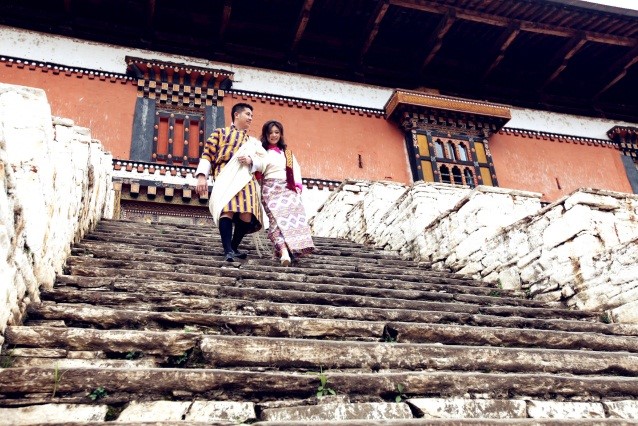
|
Amazing Sightseeing Spots |
| Experience the plantation of rice in early summer or the harvests of the same in autumn. The golden hue of ripening rice fields is a photographers’ delight in autumn. Western Bhutan is home to some of the country’s finest museums, and you’ll not want to miss the opportunity to learn about their storied history and traditional culture. Paro museum (Tadzong), displays hundreds of artifacts revealing the history and culture of Bhutan, In Thimphu, let the Folk Heritage museum enthuse you with an in-depth look into a typical farmers’ livelihood. |
Bhutan Wedding

Chapel
Features
Please feel free to contact us for more information!
Services
Blessing Ceremony Arrangement
- Coordination and contact
- Rundown setup
- Temple charge for wedding ceremony
- Venue charge for blessing ceremony in Dzong
- Bhutanese Horn Musician
- Free use of Bhutanese Traditional Costume for Bride and Groom (1 set for Blessing Ceremony use)
- Free use of Flower Bouquet & Boutonniere (For Photo-shooting use)
- Full Day make-up & hair-do service
Photo-shooting Arrangement
- Full day photography service
- 1 professional photographer + 1 professional makeup artist
- Minimum 300 photos guarantee
- All photos taken giving away
- 30 master shots fully enhanced and retouched
- DVD musical photo slide show of the master shots
- Transportation included

